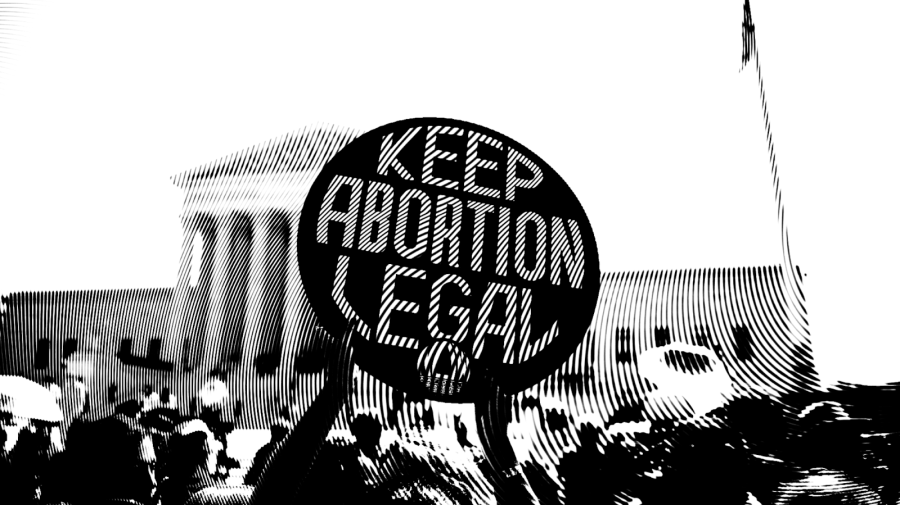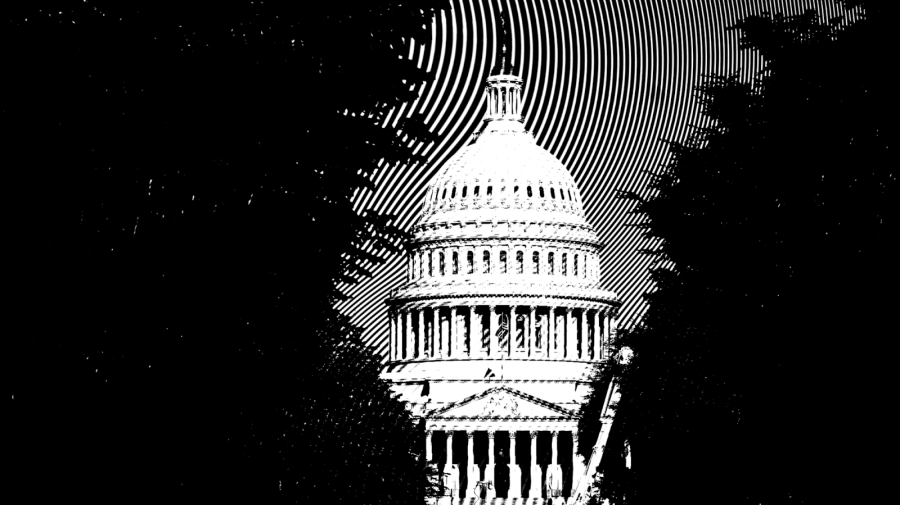
When you think of Roe v. Wade, the first thing that crosses your mind is probably a person’s right to choose — and, in particular, a person’s right to access healthcare and abortion services. It’s probably not your constitutional right to privacy that bubbles up first. However, the implications of the Supreme Court (SCOTUS) overturning Roe v. Wade , which happened on June 24, 2022, may go far beyond impacting access to safe and legal abortions.
While we’ve discussed who will be impacted most by the end of Roe v. Wade, it’s also essential to understand how a reversal of the long-standing decision would have potential consequences on our constitutional right to privacy in general. That said, by understanding how Roe v. Wade and the right to privacy intertwine, it’s easier to see what else is potentially at risk if the leaked draft opinion reflects reality.
Here, we’re taking a look at what a constitutional right to privacy is, the history of its use, the rights that fall under this umbrella, and the potential threats we face if the Dobbs v. Jackson draft opinion moves forward as written.
What Is the Right to Privacy?
First, it’s vital to understand that, technically, the Constitution doesn’t explicitly give Americans a right to privacy. However, certain rights more explicitly protected by the Constitution have led legal experts and others in the field of law to defend the very notion, creating a kind of de facto right to privacy as a result.
A great example of a defense of the right to privacy can be found in the Fourth Amendment, which prevents government officials and law enforcement from searching a person or their property without probable cause. Effectively, that restriction is designed to protect a person’s right to privacy.
Okay, But What Are Unenumerated Rights?
A little confusing? That’s fair. Let’s take it a step further. You may hear certain rights, such as the right to privacy, called “unenumerated rights” — that is, a right that’s implied, but not expressly outlined in the Constitution. In a sense, we derive these implied rights from others that are more bluntly stated.
Often, legal experts point to the Ninth Amendment when defending these implied rights since it says that, “The enumeration in the Constitution, of certain rights, shall not be construed to deny or disparage others retained by the people.”

So, while this amendment acknowledges the existence of unenumerated rights — perhaps things its authors knew they couldn’t account for explicitly — it does not specify what those rights are, which brings us to the debates surrounding countless matters, including the right to choose.
How Does This Factor Into Roe v. Wade?
When it comes to Roe v. Wade, specifically, the Fourteenth Amendment was used to support one’s right to privacy. The Fourteenth Amendment states that “no state shall make or enforce any law which shall abridge the privileges or immunities of citizens of the United States; nor shall any state deprive any person of life, liberty, or property, without due process of law; nor deny to any person within its jurisdiction the equal protection of the laws.”
The ”due process” and ”equal protection under the laws” segments featured prominently in the Supreme Court’s decision in Roe v. Wade. In essence, the case focused on the fact that a federal abortion ban restricted a person’s ability to choose in a way that was unconstitutional. It asserts that the making of those decisions are also protected and, to support this, cites a constitutional right to privacy — as established within other cases and various amendments — to ground the decision.
The History of the Constitutional Right to Privacy
As mentioned above, the Fourth and Fourteenth Amendments — as well as others — establish the concept of a constitutional right to privacy, even if one isn’t explicitly granted. (Or, in legal speak, enumerated.) As a result, a right to privacy has served as a basis for many landmark Supreme Court decisions.
In the 1928 case Olmstead v. United States, the Supreme Court deemed that wiretaps without warrants weren’t violations of the Fourth or Fifth Amendments. However, in the dissenting opinion, Associate Justice Brandeis stated that “the right to be let alone” was a factor, and argued for a constitutional amendment that would guarantee a right to privacy.
Later, 1961’s Poe v. Ullman was also a history-making case in regards to the interpretation of the Fourteenth Amendment as well as the concept of a right to privacy. In the dissenting opinion, Justice Harlan asserted that laws banning birth control violated the amendment and established that contraception was protected under the right to privacy. Later, that perspective ultimately became law.

And, in 1965, the Supreme Court decided Griswold v. Connecticut, striking down state bans on birth control and formally establishing the right to privacy. One of the cases it cited — NAACP v. Alabama — mentioned the “freedom to associate and privacy in one’s associations,” a sentiment Justice Williams included when issuing the majority opinion.
Since then, the right to privacy wasn’t just a basis for Roe v. Wade, but for many other decisions, too. In the 1967 case Katz v. United States, the court established that wiretapping phones without a warrant was an issue of a person’s “reasonable expectation of privacy.” In 2003, the outcome of Lawrence v. Texas also hinged on the right to privacy with SCOTUS invalidating “sodomy law” across the United States, thus making same-sex sexual activity legal in every U.S. state and territory.
But this right to privacy extends beyond our activities. For instance, the Fair Credit Reporting Act of 1970 protects financial data, thus further establishing a concept of privacy. A few years later, the Privacy Act of 1974 outlined rules regarding personal information, including its collection, use and dissemination. In even more recent legislation, you have the Children’s Online Privacy Protection Rule of 1998 and the USA Freedom Act of 2015, both of which rely heavily on the right to privacy.
What Does the Right to Privacy Include?
Since the right to privacy is unenumerated, it’s often up for debate. There aren’t amendments that specifically address things like same-sex marriage, for example. On the other hand, the Constitution also doesn’t explicitly protect the right to opposite-sex marriage, either. With this in mind, legal experts and judges extrapolate a bit based on the precedents set by past cases and existing legislation.
While you may think of the right to privacy as the right to be free from unjustified intrusions into your personal information, property or communications, it extends beyond that. The facet that’s involved in Roe v. Wade — and that’s leading many to worry about the new precedent the Dobbs v. Jackson draft would set — is the prevention of government intrusion into fundamentally personal decisions. And abortion certainly isn’t the only right that falls into that category.

Dobbs v. Jackson: What’s At Risk?
The Dobbs v. Jackson leaked opinion draft — which, as written, would effectively overturn Roe v. Wade — isn’t official yet. However, if it does move forward as it currently stands, it would put any decision that was based on a right to privacy — namely, the government’s inability to intrude on your personal choices — into legal limbo.
That is, if the precedent undergirding Roe v. Wade is no longer valid, the other cases that utilized the same precedent — like access to contraception or the right to same-sex marriage — would be threatened. And while it’s difficult to say what would come next, it’s safe to assume that states would take matters into their own hands, leading to a patchwork of legislation across the country. However, until an official decision is released on Dobbs v. Jackson, it’s all up in the air.






